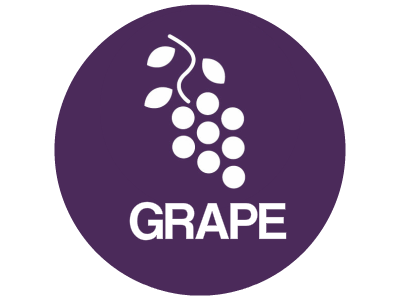
Whenever a quote-unquote “new” field pops up, I am suspect. Generally, it gives rise to an army of consultants, whom you can pay (handsomely, I might add) to show you that what you are doing is totally wrong and how their solution will make your efforts wildly successful. That’s how a field becomes an industry and then… loses it way.
Take the quality movement, for example, which started in earnest in the 1980’s and evolved into a standard setting body (i.e. ISO 9000 and the like) and certification process. I think, in the beginning, the effort was innocent enough. Total Quality Management (a system of management based on the principle that every staff member must be committed to maintaining high standards of work in every aspect of a company’s operations) certainly seemed to have its heart in the right place. It was based on having exceptional principles, nurturing employee mindsets and company culture so everyone would strive to create high quality outcomes for customers (internal and external).
Although establishing a Total Quality Management system involved a number of basic strategies, tactics and tools… it did not require that employees give up thinking and creativity to achieve the goal of quality. Quality is, in fact, a moving target… and the customer gets to decide what quality is for them. In fact, if done correctly, empowering (empowerment was a huge buzzword at the time) employees to meet a customer’s needs, despite established organizational processes and procedures, was one of its hallmarks.
Enter ISO 9000. ISO stands for International Organization for Standardization. ISO 9000 was said to have evolved from and been in support of the TQM movement…. you have to wonder. When did standardization ever, consistently, meet a diversity of customer needs? Each and every customer is unique and so are their needs and expectations.
Some where, group of people decided that thinking and creativity in business would, ultimately, lead to no place good so, in their supreme wisdom, they attempted strip it away. After all, successful companies, like McDonald’s, had taken all the wiggle room out of the process of flipping a consistent quality burger on to your tray…so standardization must be the ‘holy grail of quality,’ right? The objective was to reduce a human workforce to pairs of hands working only according to documented procedure, time and time again. No thinking. No using individual judgment as specific circumstances might require. Is it any wonder, we, now, have such difficulty “thinking outside the box?” Looking back, you have to wonder why anyone got on-board this train…but they did… in droves!
To make a long story short, with ISO… you could pay a consultant and a registrar a lot of money, meet every standard, be ISO 9000 certified, and still produce crap. The standards tended to tie organizations in knots with documented procedures. Case by case, creativity and empowerment (and most of the basic tenets of TQM) were ‘out the window.’ Despite widespread use, ISO certification is now criticized, by many, as being wasteful and not all that useful. This is an example of how an field became an industry and then lost it way.
Some people thought ISO 9000 was something that it wasn’t… touted as a quality program, ISO certification did not lead to quality. Instead, its an example of a field becoming an industry… and, perhaps, losing its way.
What are your thoughts?
By Diane Roodvoets

What you report is undoubtedly true- and perhaps not limited to the TQM movement. Its been reported that business fads have a fairly predictable life cycle. And TQM certainly seems to have followed this path. Which is unfortunate given TQM’s impact, Today, as cost cutting proceeds apace, that attention to quality is being shortchanged and lessons regarding quality’s importance are being forgotten.In the 90’s, TQM’s concepts were standardized so as to be put on a checklist – which is what I believe ISO basically is. A checklist. Corporations like this format because its a relatively quick way to buy legitimacy. And with industry legitimacy its easier to attract further capital investment.
A much harder test for improving quality – in terms of time and effort- is the national Malcolm Baldrige Criteria. That’s because the Baldrige Criteria is strategic in nature and requires critical thinking and in-depth review and questioning. Fortunately, the one industry that has kept up with Baldrige has been the hospital field. Unfortunately, the industry will likely suffer as the ACA gets implemented. The hospital’s focus on quality will deteriorate as revenue dries (as is being predicted).